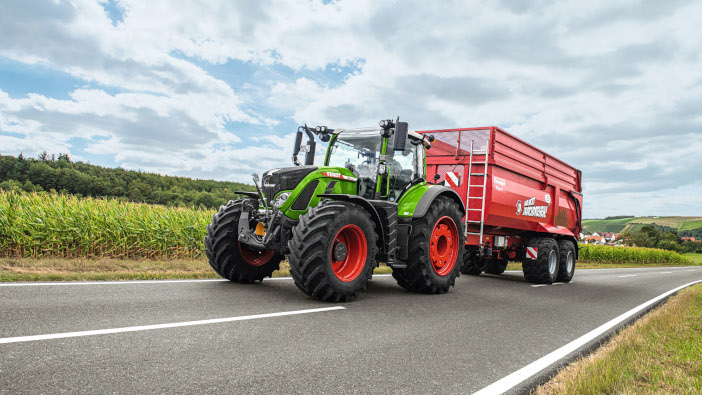The Agricultural Engineers Association (AEA) is urging agricultural vehicle users to ensure they understand and comply with rules around vehicle lighting every time they use them.
It comes following a coroner’s report that found at least one fatal accident has occurred because of the confusion caused by the brightness and direction of flashing amber lights on an agricultural vehicle.
See also: Krone bring new machines and technology to Lamma
They are also contacting manufacturers and dealers of agricultural vehicles to ensure that any Amber Warning Beacons fitted on the vehicles they manufacture, sell or service meet the requirements of the legislation.
Amber warning beacons are a useful aid to warn other road users of hazards, but agricultural vehicles are increasingly being fitted with inappropriate lights, pointing in one direction. These aren’t permitted on the road.
These unidirectional amber lights can be dangerous because of the potential confusion and distraction they can cause, sometimes obscuring direction indicators fitted at a similar level.
The legal requirements for slow-moving vehicles and trailers with four or more wheels are as follows:
- At least one warning beacon must be used on an unrestricted dual-carriageway road.
- Amber warning beacons may be used by any slow vehicle used in connection with the escort of another vehicle, or when necessary to warn persons of the presence of road presence or hazards.
Amber warning beacons must also be mounted at least 1200 mm above the ground and be capable of emitting a flashing or rotating beam of light through the entirety of the horizontal plane. Unidirectional flashing lights aren’t legal.
They must emit light between 60 & 240 times per minute, and the flash duration must be constant. Finally, they must be located in such a way that the light from at least one beacon is visible from any point around the vehicle from a “reasonable” distance.
More details on the advice are available on the AEA site, and relevant legislation can be found here.


